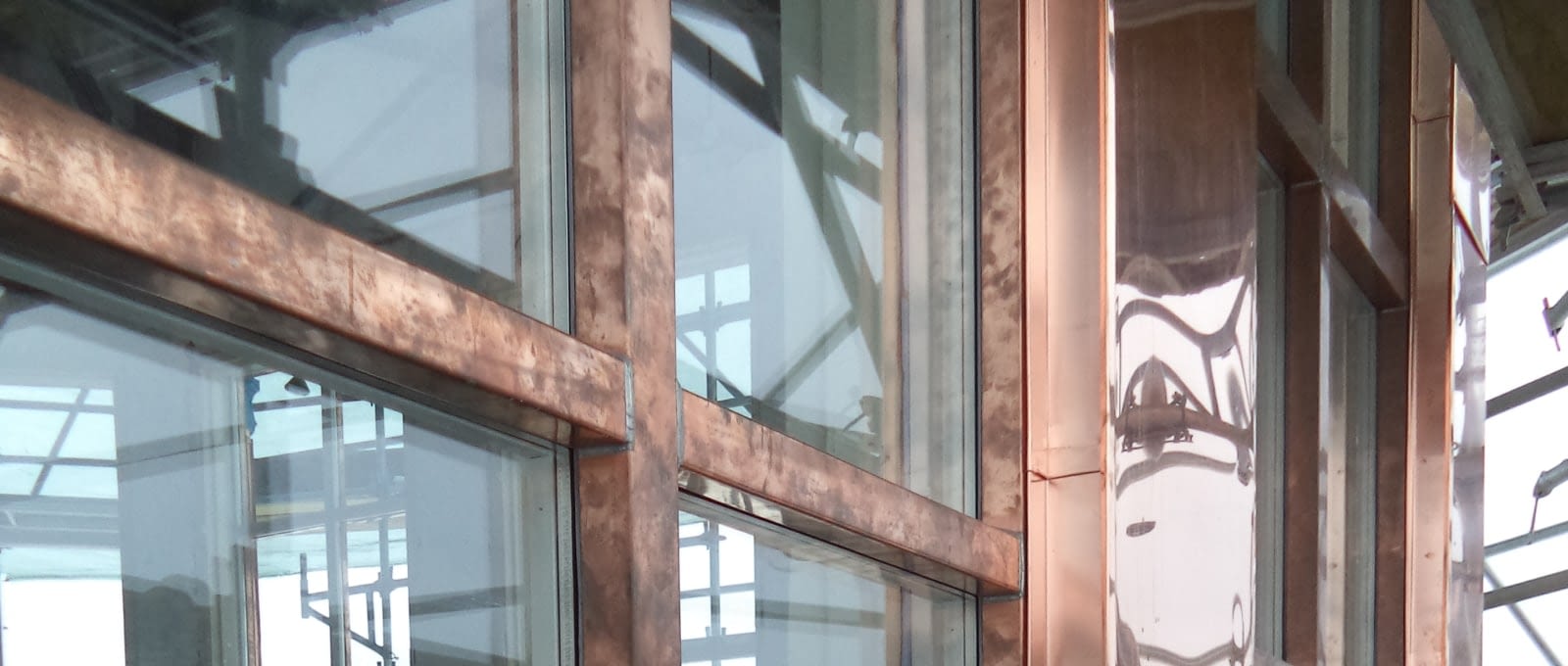At Roof Tile Management, we know a lot about roof restoration service. With a company name like ours, you’re expected to be the roofing experts! Understanding and preserving the unique architecture of heritage building roofs is our passion. We take pride in roof tile repair and heritage building restoration.
Heritage Architecture and Roof Styles
Canada is a large country; diverse regions developed at different times and with different architectural styles. This article outlines general architectural building periods in Ontario and various popular roofing styles with each era. Roof restoration service experts will understand each architectural period and the typical roof style of the era.
When it comes to roof tile repair, we discussed the elements and materials of specialty and commercial roofs in a previous blog. As we approach a building restoration, we look beyond just the roof restoration service. We look at the whole job, from masonry restoration to woodworking, from the attic to the basement.
General Roof Styles
Before we discuss heritage roofing, here is an overview of various roof styles you might encounter during a roof restoration service.
-
- Gable Roofs – The first time you ever drew a house, you likely drew one with a gable roof. A gable roof is one of the simplest roof forms, and remains commonplace today. A gable roof has two slopes with triangles closing off either end. The “gable” is the triangle formed by those two pitched ends of a roof. Gable roofs provide good ventilation and are easy to build.
- Hip Roofs – A hip roof has four sloping surfaces that meet to form a ridge at the top. Somewhat like a pyramid on top of the house frame. Hip roofs are the second most common roof type. They lack the ventilation advantages of gable roofs, but are an excellent design for regions with plenty of snow. Snow slides easily off the slopes of the roof.
- Gambrel – Picture a barn roof – that’s a gambrel roof. They are typically taller, with a gentle slope at the top, leading down to a steeper slope at the bottom. The taller roof with the open space provided by the gentle sloping provides plenty of room for storage – or a large attic room. These roofs provide ample ventilation, but are not as good in areas with a lot of snow. The snow tends to stick at the top of the roof with the gentle slope.
- Monitor – also a popular barn roof, or industrial roof, the monitor style is a “roof on a roof”. Picture a simple low sloping gable roof, with a raised structure on top, complete with a roof of its own.
- Mansard – a product of French architecture, Mansard roofs are a more complex roofing style. Like a hip roof, a mansard roof consists of four sloped sides. Like a gambrel roof, mansard roofs are double sloped. When you think of buildings in Paris, you might picture a mansard roof. You’ll see this type of roofing on civic buildings and imposing homes.
Now that we’ve outlined some common roof styles, the next step in approaching a roof restoration service is understanding the architectural style to ensure we consider the roof as a part of the entire heritage building restoration.
Rooftop Architecture in Canada
Greek Revival 1820-1860
Inspired by Greek temples, Greek revival style is typified by low-pitched gable roofs, with simple lines and a symmetrical style. Greek revival style includes columns, and often a “temple-style” entrance with a verandah. Many homes and civic buildings built in this style survive today.
Gothic Revival 1840-1870
Gothic buildings can be identified by their steep pitched roofs. They feature buttresses, pointed arch windows and often have decorative bargeboards or statuary. Many historic churches are built in the gothic style.
Italianate 1840-1880
Inspired by the villas of the Italian Renaissance, this style features hip roofs, or sometimes a combination of hip and gable roofing. Shallow roof slopes and overhanging eaves are also typical of this style. This style is popular in grand homes and civic buildings across Ontario.
Romanesque 1840-1900
Round or semi-circular arches, multiple, intersecting steep sloping gable roofs. That’s the romanesque style. Often built with heavy masonry to evoke the feeling of a medieval fortress. The imposing nature of this architectural style made it ideal for churches and government buildings.
Queen Anne 1880 – 1910
An eclectic architectural style, Queen Anne buildings feature roofs with a steep pitch and multiple intersecting rooflines and gables. The Queen Anne style blends elements of both classical and medieval, and are more often asymmetrical in design.
If you are looking for expert roof restoration companies, look no further than RTM Roofing. We specialize in heritage building restoration projects, both large and small. We offer complete masonry restoration services, plaster restoration, commercial and residential roof restoration service, and more. Contact Roof Tile Management to discuss your heritage building restoration project today.
References:
University of Waterloo Ontario Architectural Style Guide
https://uwaterloo.ca/heritage-resources-centre/resources/linksOntario Heritage Trust
https://www.heritagetrust.on.ca/en/places-of-worship/places-of-worship-database/architecture/architectural-style

